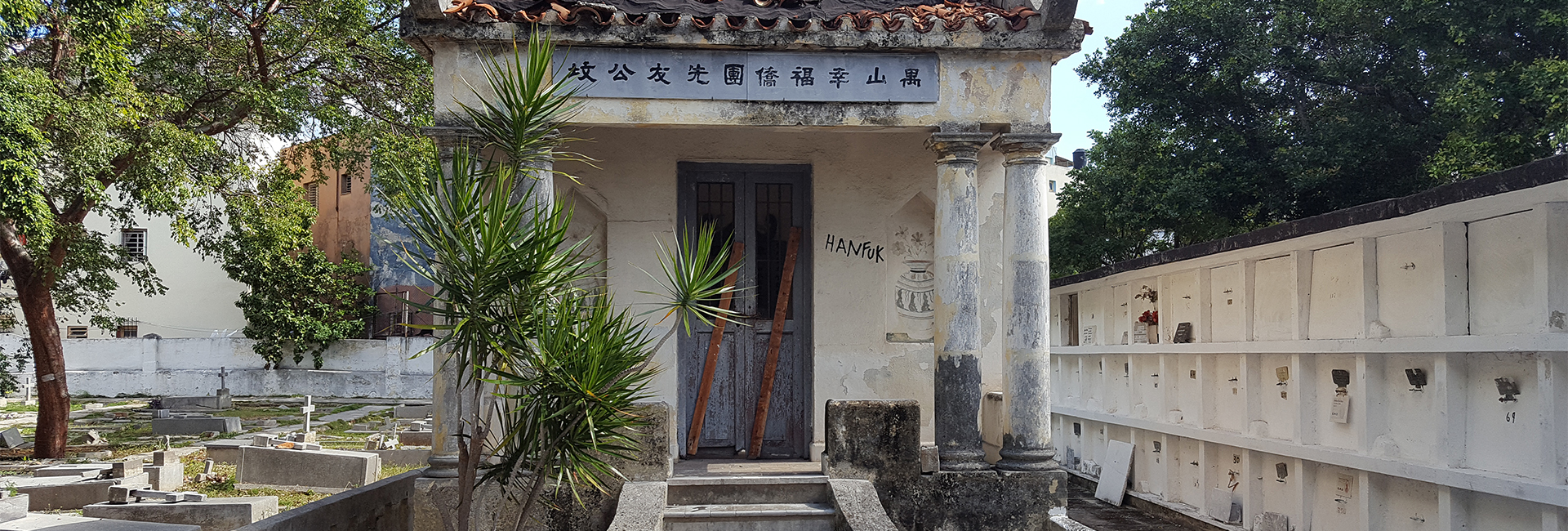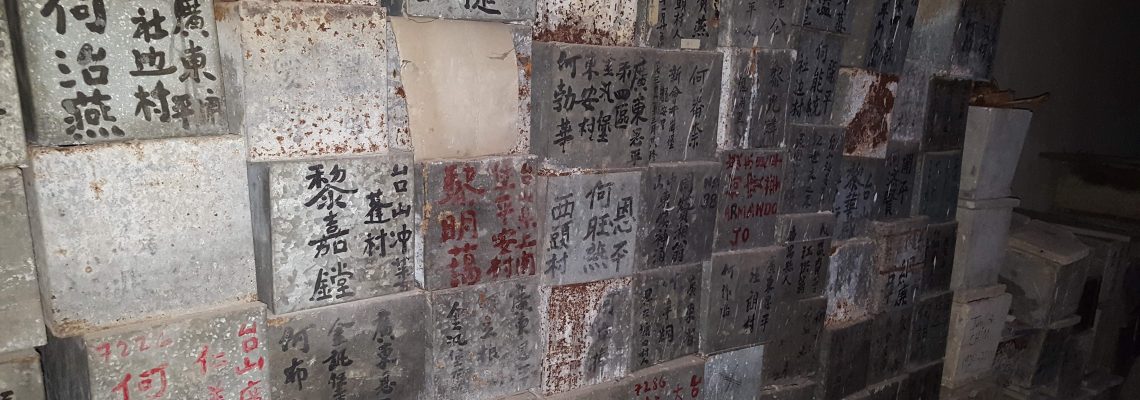

Chinese and African diasporas in Cuba have uniquely blended social, cultural and religious aspects on the island, and understanding this may help areas of anthropology.
With the rapid pace of the sugar industry showing no abatement during the early years of the nineteenth century, the demand for labor in Cuba far outstripped its supply. Alongside the waning of the transatlantic slave trade, Spanish-owned plantations looked east for prospective workers. Coinciding with the Opium Wars that Britain impinged on the country, China’s ports were flung open and ushered into a phase of high capitalist trade for the first time in its long history. As a result, a steady stream of young and incentivized workers embarked on vessels from Canton’s five ports with the intent of working abroad for five to eight years and returning home with wealth and pride.
I am Martin Tsang and, as a post-doctoral associate with the University of Miami Libraries, my research concerns Asian and African ethnic groups and religious mixing in Cuba. In the island, thousands of predominantly Cantonese men and Afro-Cuban women met and formed consensual relationships during the aftermath of the African slave trade and the indentured servant system that was established in the nineteenth century as a response to sugar industrialization.
Chinese indentured immigration to Cuba started in 1847, nearly four decades prior to the official abolition of African slavery in the island. The first indentured servants from China disembarked at the port of Regla from the ship Oquendo, one of the Cuban-owned vessels frequently used in the Middle Passage.
Between 1847 and 1874 an estimated 140,000 indentures signed up from the Chinese coastal provinces of Xiamen (then called Amoy) and Guangdong. The men were largely artisans, entrepreneurs and doctors in their late twenties. They were bold, sure of who they were, with a strong, unified cultural identity yet blithely unaware of the harsh, slave-like living and working conditions that would meet them in Cuba.
About the Photo
The Chinese cemetery, part of El Cementerio de Cristóbal Colón in Vedado, Havana. Photo credit: Martin Tsang
Join the Conversation:
Follow on
Twitter:
UM Libraries, @UMiamiLibraries
University of Miami, @univmiami
UM News, @univmiaminews
Brokered by Chinese and Spanish middlemen in mainland China, many Chinese signed contracts before boarding for Cuba, bolstered by romanticized accounts of life and opportunity in the Antilles. Reality fell far short of these tall promises. Upon arrival, the Chinese indenture, by way of his contract, was sold to the hacendados, or plantation owners, that gathered at Havana’s ports. Cuba’s newspapers announced the arrival of new human cargo every week, and the indentured servants could be sold or exchanged between plantations, according to supply and demand.
The Chinese were contractually obliged to work for eight years, at which point it was the land owners’ right to impose another eight years of work to prevent shortages in labor supply. With plantations located in rural areas, Cuban law enforcing the indentured contracts, and wages, though low, including food, clothing and shelter, the contracts generally were honored.
But, the Chinese workers colored the island’s sugar industry with rebellion and resistance, from plantation escapes to execution of foremen. And, to ‘save face,’ many of the Chinese chose to take their own lives rather than live indignantly, earning Cuba the highest rate of suicide of any given country in the 1850s.
Living in the same barracks and working alongside freed and enslaved persons of African descent, the Chinese formed social and consensual relations with women of color. Not only did black and Chinese persons share the same living and working spaces, they also were viewed under law and civic action as one and the same; both groups faced discrimination during colonial and modern periods of Cuba’s history. This amalgam of Chinese and African persons and cultures led to the sharing and blending of religious beliefs and practices that have not been adequately described in existing research.
What I quickly realized through conducting ethnographic fieldwork in Cuba is that the idea of syncretism, and its place in the broader anthropology of religion, had to be revised. Existing work describes syncretism as being the result of the meeting of two complete, stable, uncontested and coherent wholes, within a specific frame. My work moves beyond syncretism, which, when pared down to its simplest definition, does not offer much insight into how this blending of religions develops or changes over time. I work to understand the process rather than the product.
Afro-Cuban religions are often framed as a straightforward and finalized connection between Afro-Cuban deities called orishas, which originate with the Yoruba of Southwestern Nigeria, and Catholic saints. Each orisha was paired with a Catholic saint or virgin so that worship of the deities could clandestinely be carried out under colonial rule.
But this is only part of the story. The influence of Chinese persons in Cuba has translated into Afro-Cuban religion incorporating Chinese deities, philosophies and material culture. My work is the first of its kind to investigate these relationships in depth. Buddhist, Taoist and Confucian elements are found in the Lukumi religion, also called Santeria or La Regla de Ocha.
For example, the Lukumi orisha of thunder and justice, Shangó, is popularly syncretized with Saint Barbara. However, Shangó is also syncretized with Chinese deity Guan Gong, a warlord known in Cuba as San Fan Con. It is possible to find imagery of San Fan Con in connection to Shangó, just as one can find Saint Barbara connected with that same orisha.
My research helps to reconfigure existing theories of mixing in Afro-Caribbean religions and, by examining the influence of Chinese religions and persons, we are able to better understand the unique fusion of spirituality, pluralism and ethnic groups in Cuba. I’ve labeled this new idea of religious mixing as interdiasporic cross-fertilization, in other words, how different diasporas can coalesce into something new and unique. My work also helps in unbinding religion to region, taking into account past and modern migrations of people, and exploring the dynamics of religious heterogeneity.
To me, these expressions of Afro-Chinese religiosity challenge accepted history and directly impact ideas of sociocultural movement, identity-making, and cross-cultural dialogue, processes that are fluid and ongoing. This lens helps shed new light on the interconnectedness of symbol, practice, and meaning, and that may in turn be applied to other areas of religious and cultural anthropology across the globe.
- Martin A. Tsang / UM News

